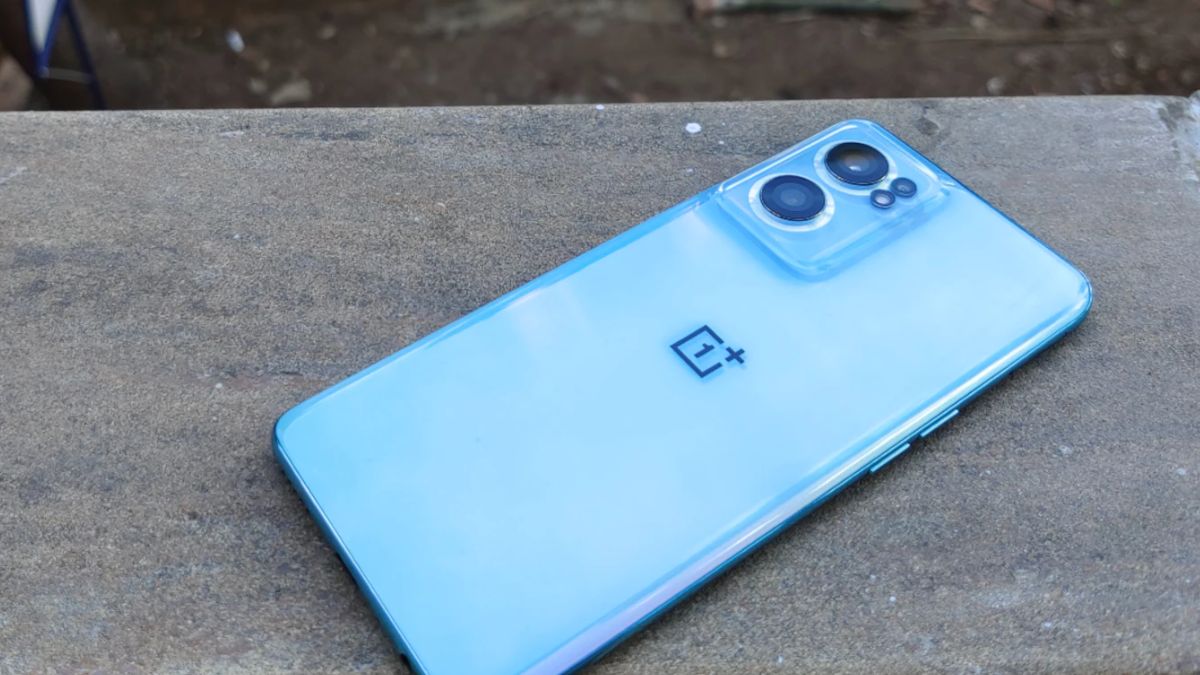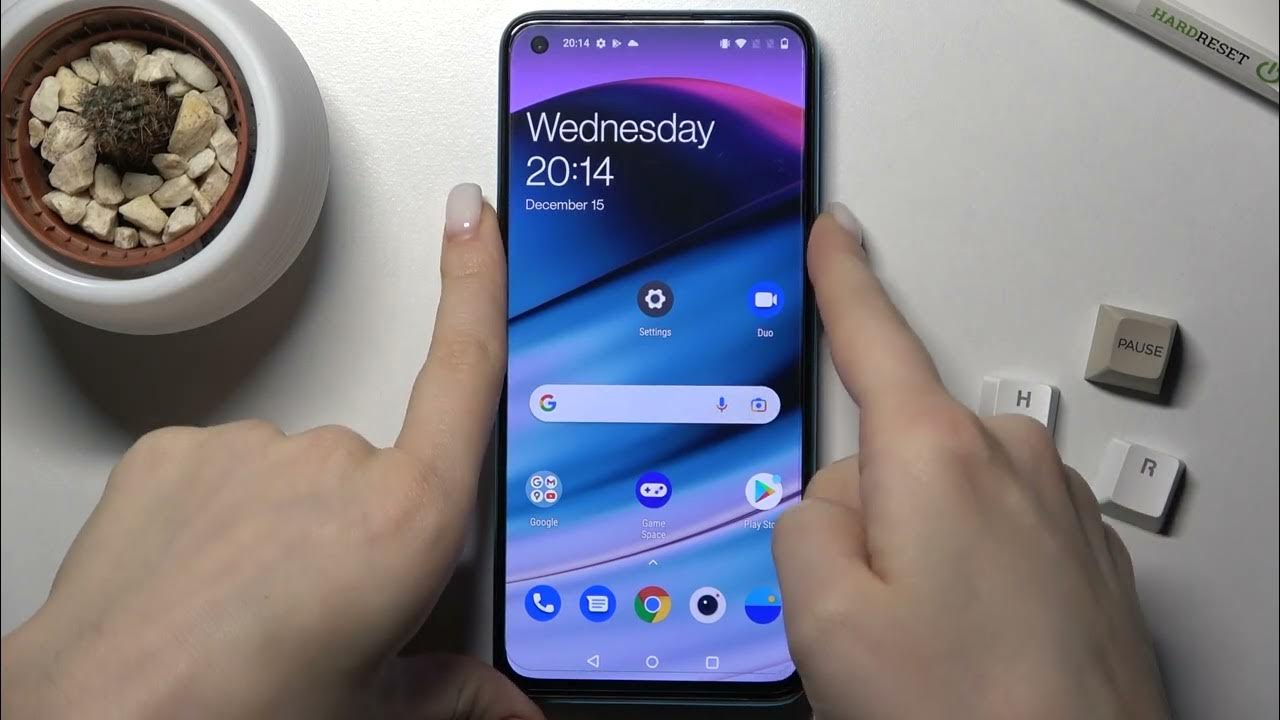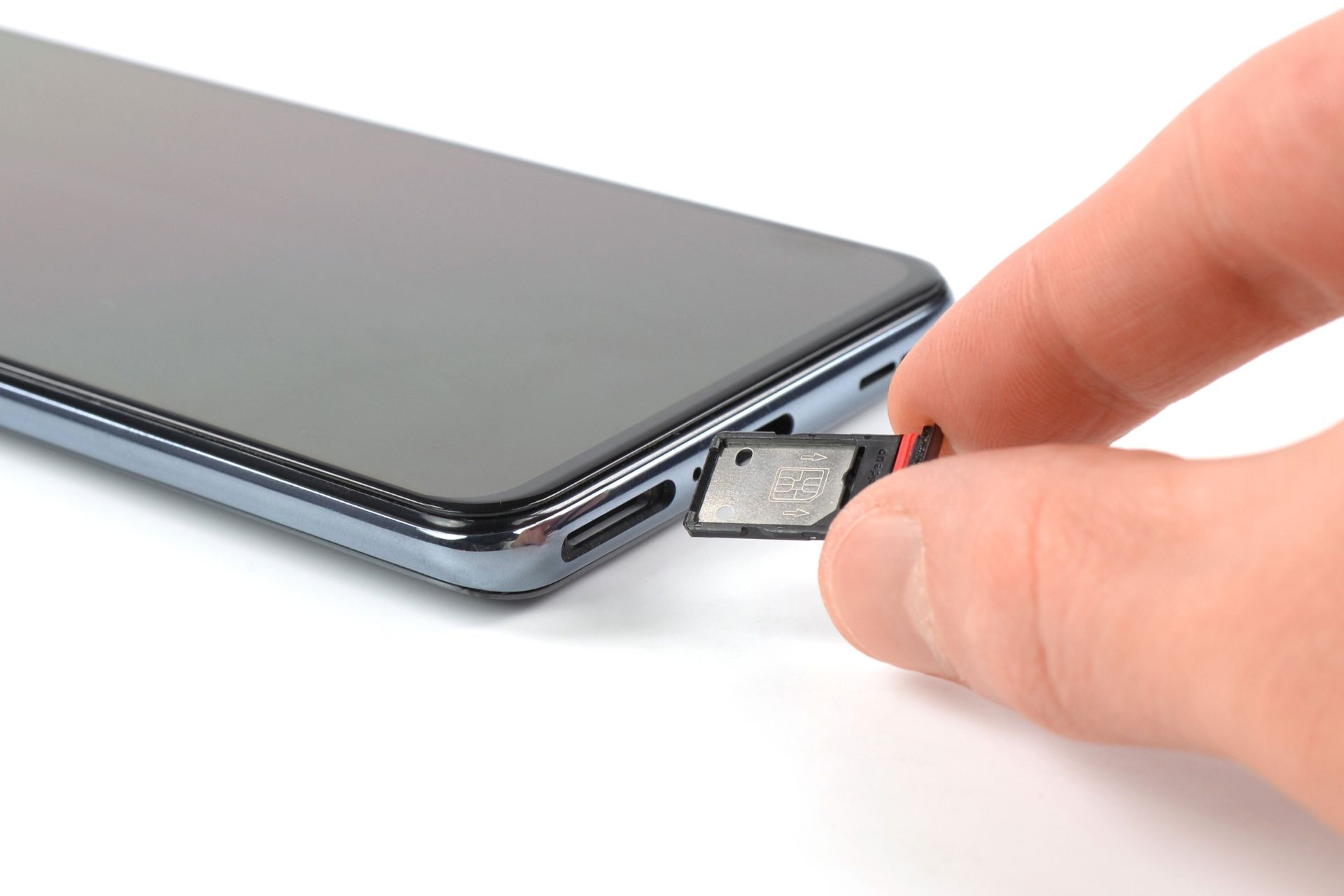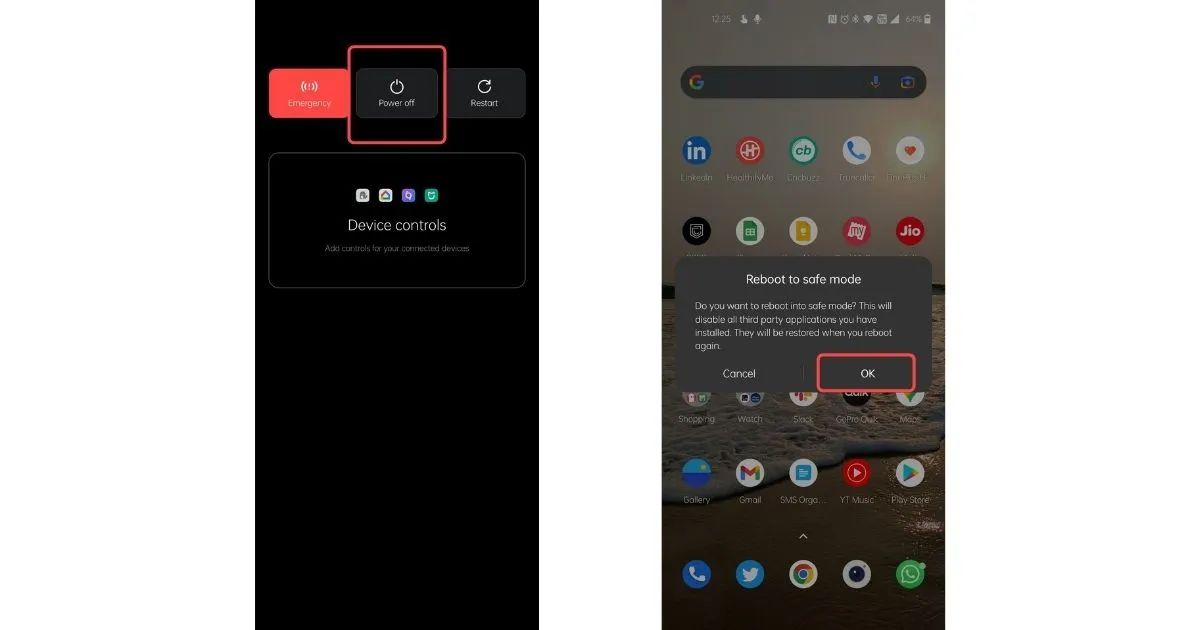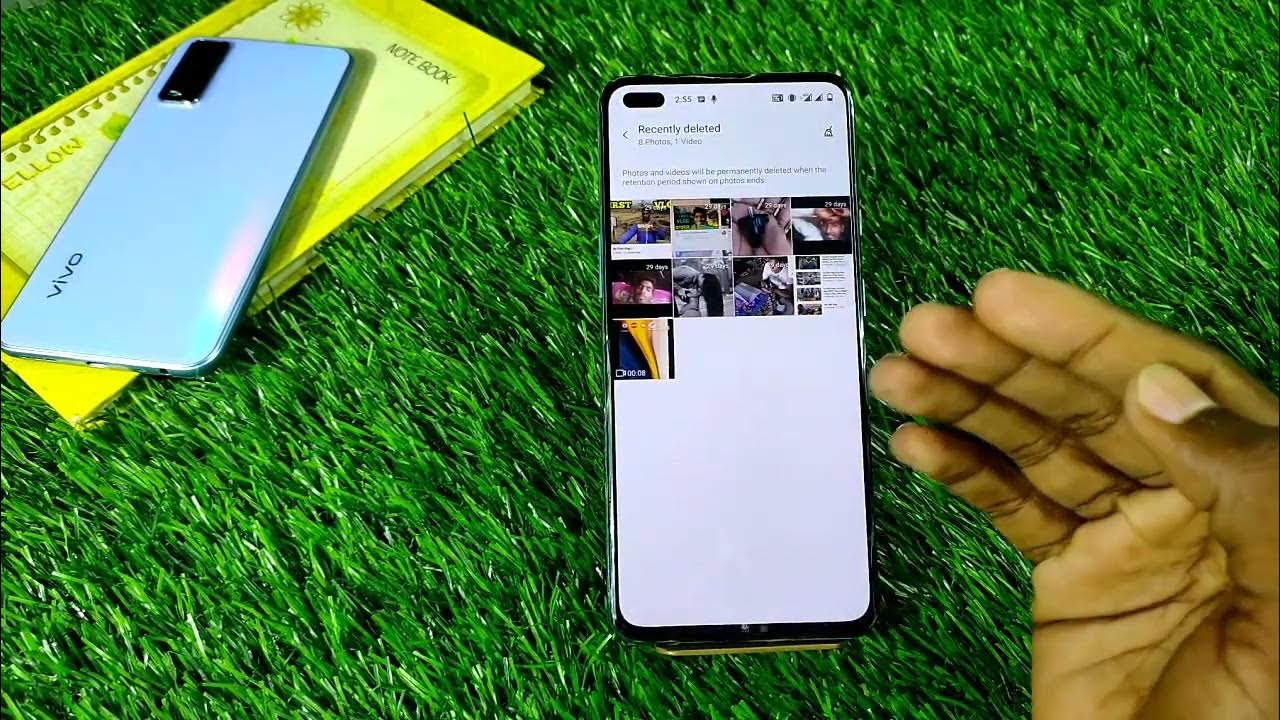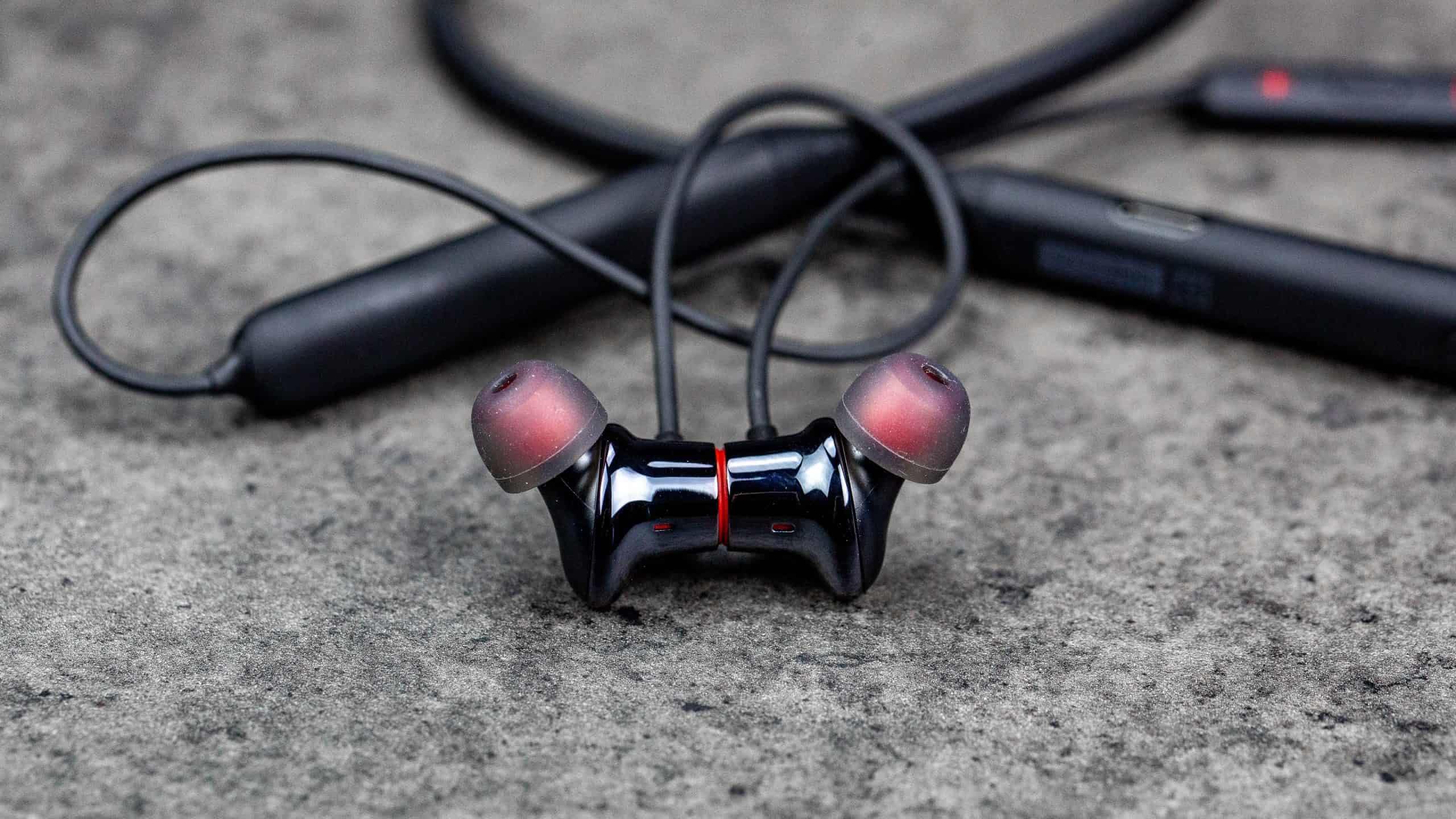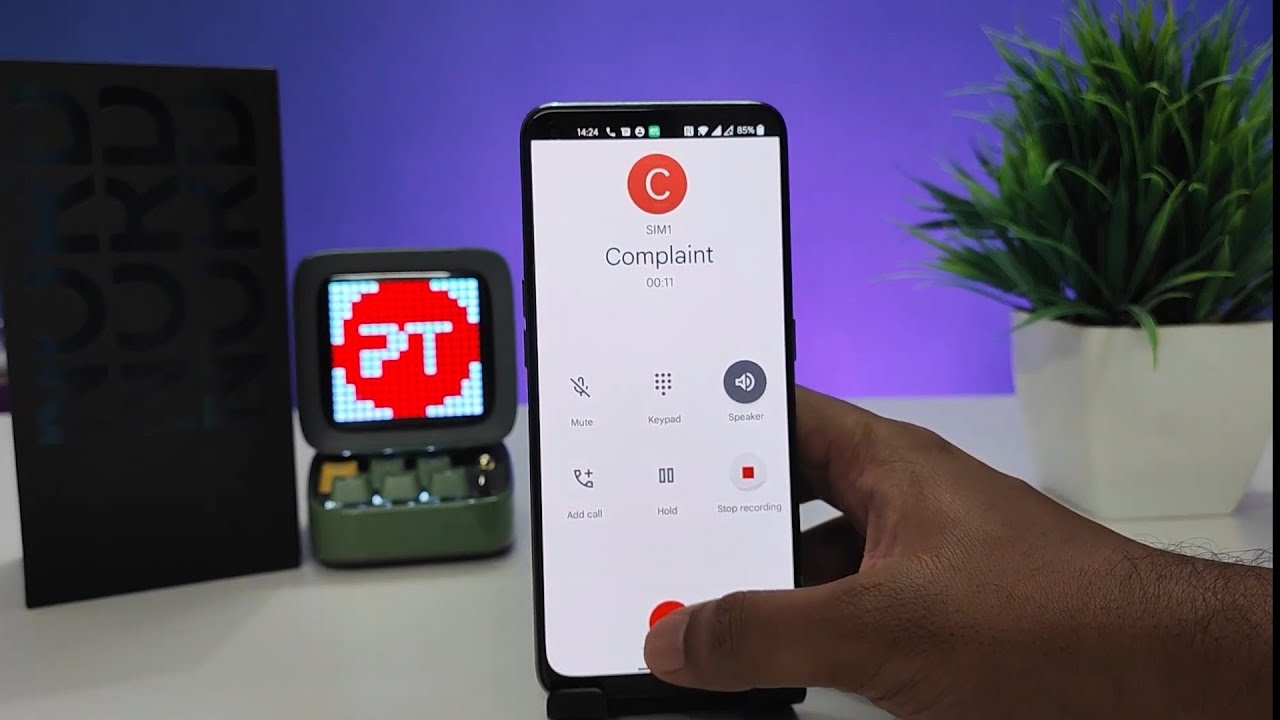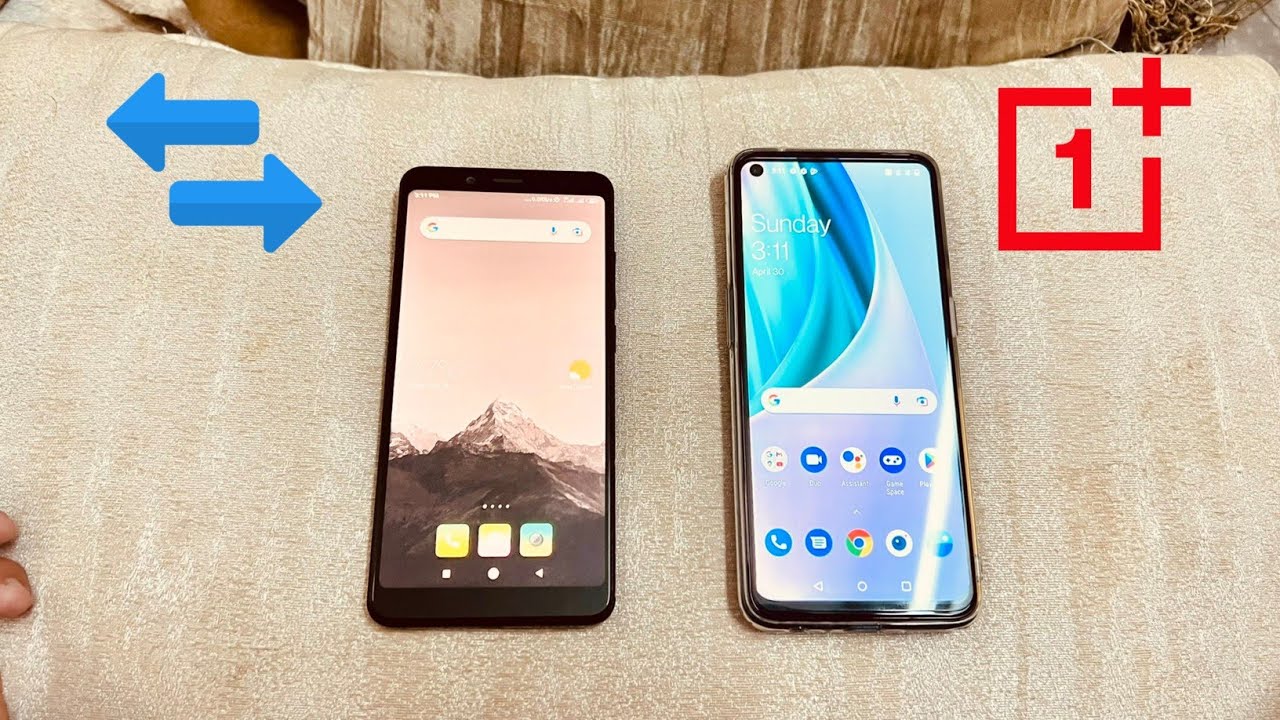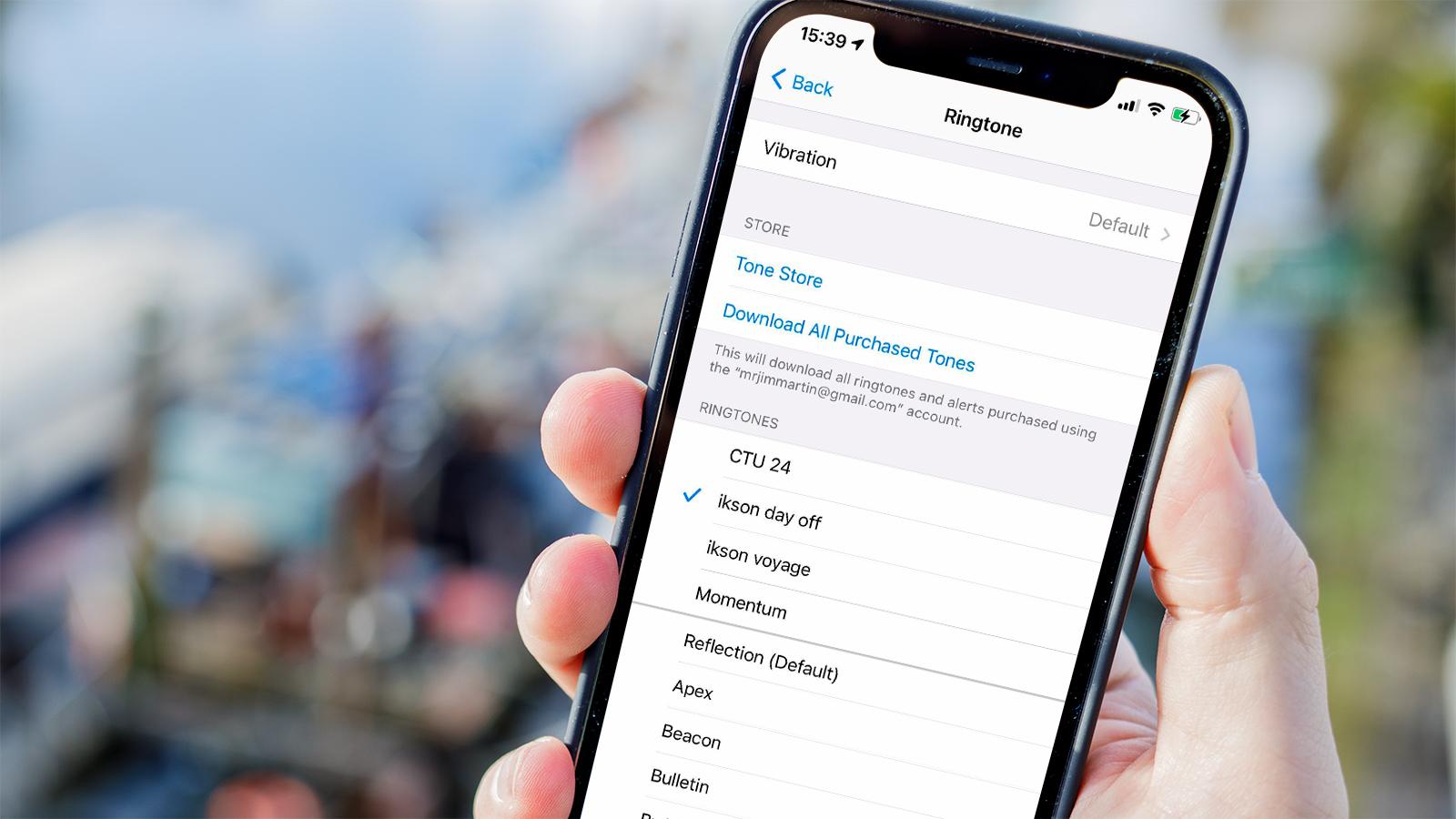Common Causes of Overheating
Mobile devices have become an indispensable part of our daily lives, seamlessly integrating into our routines. However, the convenience they offer can be disrupted when our devices unexpectedly overheat. Understanding the common causes of overheating in mobile devices is crucial for maintaining their optimal performance and prolonging their lifespan.
-
Intensive Usage: Engaging in resource-intensive activities such as gaming, video streaming, or prolonged camera usage can significantly strain the device's processor and graphics unit, leading to increased heat generation.
-
Environmental Factors: Exposure to high ambient temperatures, direct sunlight, or other extreme environmental conditions can elevate the device's temperature, triggering overheating issues.
-
Software and Firmware Glitches: Outdated software, corrupted system files, or malfunctioning applications can cause the device to overexert itself, resulting in excessive heat buildup.
-
Charging While in Use: Simultaneously charging the device and using it for demanding tasks can lead to overheating, as the combined power consumption intensifies the thermal load on the device.
-
Hardware Malfunctions: Issues with the device's hardware components, such as a malfunctioning battery, faulty thermal management system, or inadequate heat dissipation, can contribute to overheating problems.
-
Poor Ventilation: Insufficient airflow around the device, such as when it is placed on surfaces that obstruct ventilation, can impede the dissipation of heat, causing the device to overheat.
-
Overloaded Background Processes: Numerous background applications running concurrently can strain the device's resources, leading to increased heat production and potential overheating.
Understanding these common causes of overheating empowers users to take proactive measures to mitigate these issues and ensure the optimal performance and longevity of their mobile devices.
Solutions for Overheating Issues
Addressing overheating issues in mobile devices requires a multifaceted approach that encompasses both proactive measures and reactive solutions. By implementing the following strategies, users can effectively manage and mitigate overheating problems, thereby safeguarding the performance and longevity of their devices.
1. Optimize Usage Patterns
Adjusting usage patterns can significantly alleviate overheating. Limiting resource-intensive activities, such as gaming or video streaming, and taking periodic breaks during prolonged usage can prevent the device from reaching critical thermal levels. Additionally, avoiding simultaneous charging and intensive usage can reduce the thermal load on the device, mitigating overheating risks.
2. Update Software and Firmware
Regularly updating the device's software and firmware is crucial for resolving potential glitches that may contribute to overheating. Software updates often include performance optimizations and bug fixes, addressing underlying issues that could lead to excessive heat generation. By ensuring that the device's operating system and applications are up to date, users can enhance its stability and thermal management capabilities.
3. Monitor Environmental Conditions
Being mindful of environmental factors can help prevent overheating. Avoiding exposure to direct sunlight and high ambient temperatures, especially during outdoor usage, can mitigate heat buildup. Additionally, utilizing protective cases that facilitate heat dissipation and maintaining adequate ventilation around the device can contribute to a cooler operating temperature.
4. Optimize Charging Practices
Adopting prudent charging practices can mitigate overheating risks. Using original or manufacturer-recommended chargers and cables, avoiding overcharging, and refraining from using the device while it is charging can prevent excessive heat generation. Furthermore, allowing the device to rest and cool down after intensive usage or charging sessions can aid in temperature regulation.
5. Manage Background Processes
Monitoring and managing background processes can alleviate thermal strain on the device. Closing unnecessary applications and optimizing system settings to limit background activities can reduce the device's overall thermal output. Additionally, utilizing power-saving modes and task managers can effectively manage resource allocation, minimizing heat generation during operation.
6. Ensure Adequate Ventilation
Maintaining proper ventilation for the device is essential for heat dissipation. Placing the device on flat, breathable surfaces and avoiding obstructive materials can facilitate airflow, preventing heat buildup. Additionally, utilizing external cooling accessories, such as fans or cooling pads, can further enhance heat dissipation and mitigate overheating.
By implementing these solutions, users can effectively address overheating issues in their mobile devices, ensuring optimal performance and reliability. Proactive management of usage patterns, environmental conditions, and charging practices, coupled with regular software maintenance, can significantly contribute to mitigating overheating risks and enhancing the overall user experience.
Tips for Preventing Overheating
Preventing overheating in mobile devices is paramount for maintaining their performance and longevity. By adopting proactive measures and integrating practical tips into daily usage, users can effectively mitigate overheating risks and ensure a consistently optimal device experience.
1. Moderate Usage Intensity
Engaging in resource-intensive activities, such as gaming or video streaming, can significantly strain the device's processor and graphics unit, leading to increased heat generation. By moderating the intensity and duration of such activities, users can prevent the device from reaching critical thermal levels, thereby reducing the likelihood of overheating.
2. Optimize Environmental Conditions
Being mindful of the device's environment is crucial for preventing overheating. Avoiding exposure to direct sunlight and high ambient temperatures, especially during outdoor usage, can mitigate heat buildup. Additionally, utilizing protective cases that facilitate heat dissipation and maintaining adequate ventilation around the device can contribute to a cooler operating temperature.
3. Prudent Charging Practices
Adopting prudent charging practices is essential for preventing excessive heat generation. Using original or manufacturer-recommended chargers and cables, avoiding overcharging, and refraining from using the device while it is charging can significantly reduce the risk of overheating. Allowing the device to rest and cool down after intensive usage or charging sessions can aid in temperature regulation.
4. Manage Background Processes
Monitoring and managing background processes can alleviate thermal strain on the device. Closing unnecessary applications and optimizing system settings to limit background activities can reduce the device's overall thermal output. Additionally, utilizing power-saving modes and task managers can effectively manage resource allocation, minimizing heat generation during operation.
5. Ensure Adequate Ventilation
Maintaining proper ventilation for the device is essential for heat dissipation. Placing the device on flat, breathable surfaces and avoiding obstructive materials can facilitate airflow, preventing heat buildup. Additionally, utilizing external cooling accessories, such as fans or cooling pads, can further enhance heat dissipation and mitigate overheating.
By integrating these practical tips into their daily device usage, users can effectively prevent overheating and optimize the performance and reliability of their mobile devices. Proactive management of usage intensity, environmental conditions, charging practices, background processes, and ventilation can significantly contribute to mitigating overheating risks, ensuring a seamless and enjoyable user experience.
When to Seek Professional Help
In certain instances, despite implementing preventive measures and troubleshooting techniques, mobile devices may continue to exhibit persistent overheating issues. Recognizing when to seek professional assistance is crucial for addressing underlying hardware or software-related concerns that may be contributing to the overheating problem.
Persistent Overheating Symptoms
When the device consistently exhibits overheating symptoms, such as excessive heat emission, abrupt shutdowns during normal operation, or unresponsive behavior, despite adherence to preventive measures, seeking professional help is warranted. These persistent symptoms may indicate underlying hardware malfunctions, such as a defective battery or thermal management system, necessitating expert intervention.
Unresolved Software Issues
If software-related glitches persist despite regular updates and maintenance, professional assistance may be necessary. Persistent software issues, such as frequent application crashes, system freezes, or abnormal resource consumption leading to overheating, may require the expertise of technicians to diagnose and rectify underlying software anomalies.
Warranty-Related Concerns
When the device is within the warranty period and experiences recurrent overheating problems that significantly impact its usability, seeking professional help from authorized service centers or technicians is advisable. Addressing overheating issues under warranty ensures that any potential hardware defects or malfunctions are promptly addressed, preserving the device's integrity and performance.
Sudden Performance Degradation
If the device experiences sudden and significant performance degradation, accompanied by pronounced overheating, professional intervention may be necessary to identify and address the root cause. Sudden drops in performance, prolonged loading times, or uncharacteristic lagging, coupled with overheating, may indicate underlying hardware or thermal management issues requiring expert assessment.
Safety Concerns
In cases where the device becomes excessively hot to the touch, emits unusual odors, or exhibits physical abnormalities, such as bulging or deformation, seeking professional help is imperative for safety reasons. These signs may indicate critical hardware malfunctions, such as battery issues, posing potential safety hazards that necessitate immediate professional attention.
Recognizing these indicators and promptly seeking professional assistance when encountering persistent or concerning overheating issues is essential for safeguarding the device's functionality, user safety, and overall user experience. Professional diagnosis and intervention can effectively address underlying hardware or software-related concerns, ensuring the optimal performance and reliability of the mobile device.







